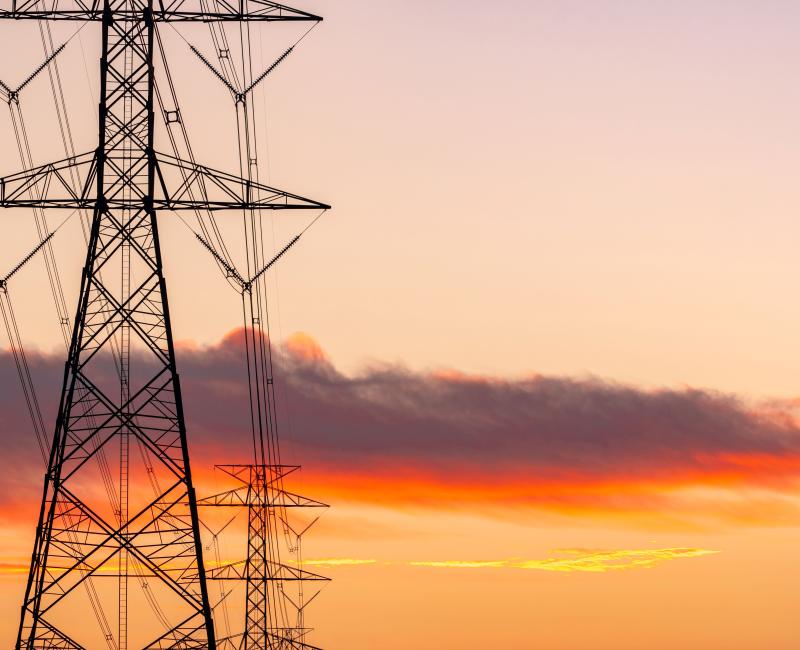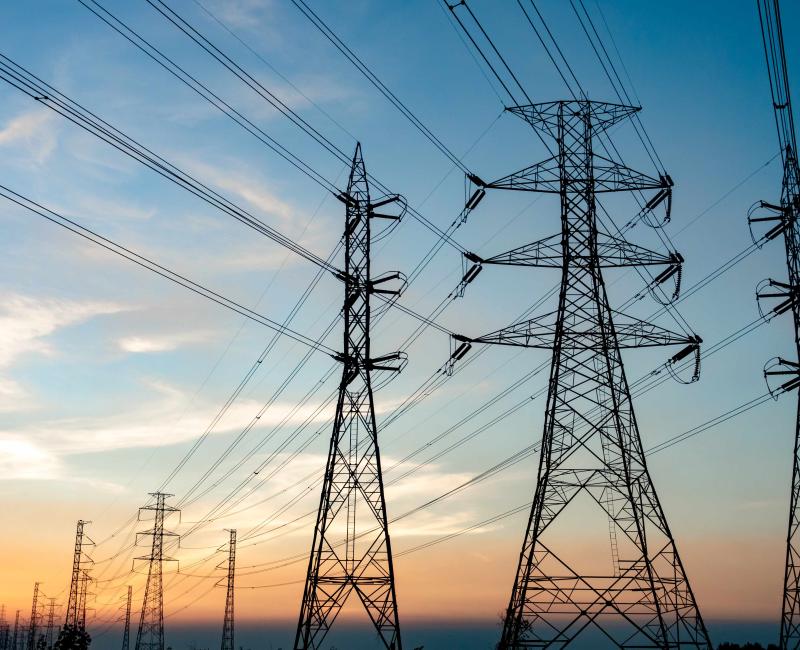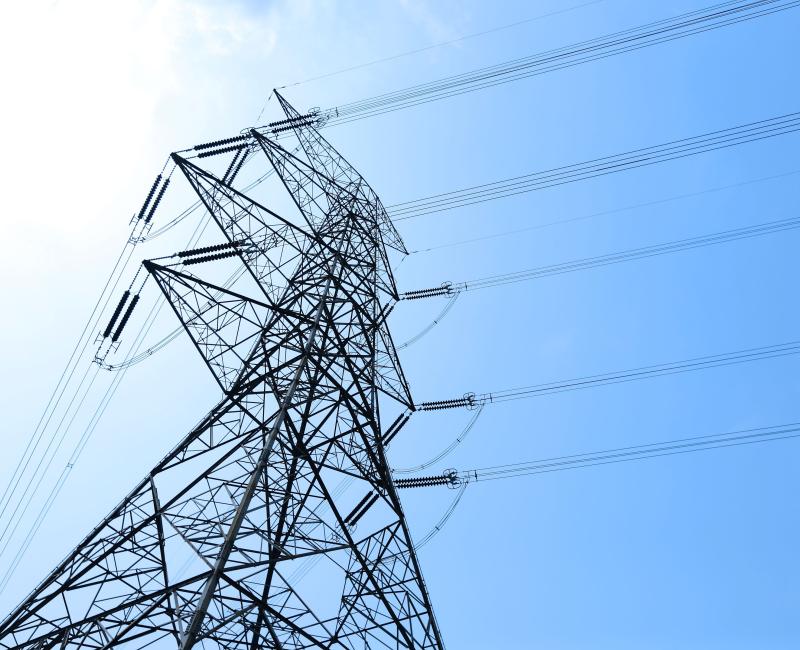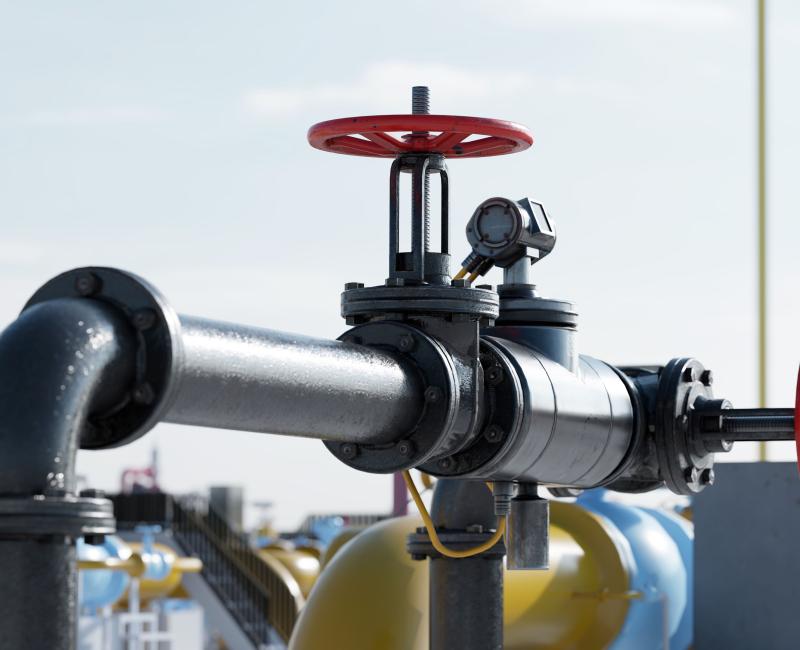ACER’s monitoring shows broad implementation of the electricity imbalance settlement harmonisation methodology across the EU

ACER’s monitoring shows broad implementation of the electricity imbalance settlement harmonisation methodology across the EU
What is it about?
Today, ACER releases its first interactive dashboard on monitoring the implementation of the Imbalance Settlement Harmonisation (ISH) methodology.
What is the ISH methodology?
The ISH methodology, introduced in 2017 by the Electricity Balancing (EB) Regulation and approved by ACER in 2020, aims at harmonising the main features of electricity imbalance settlement across the EU.
Each Transmission System Operator (TSO) calculates the difference between the forecasted and actual electricity consumption or production for each Balance Responsible Party (BRP) in its area. By identifying these imbalances, BRPs can take actions to support the power grid’s balance, helping to maintain or restore the balance between electricity supply and demand.
With the implementation of the ISH methodology, the TSOs were required to harmonise the main features of the imbalance settlement:
- Imbalance calculation, including its position, actual allocated volume, and imbalance adjustment.
- Main components for calculating the imbalance price. Additional components such as scarcity, incentivising, and connecting TSOs’ financial neutrality may also be used if approved by the NRA.
- Use of single or dual imbalance pricing:
- Single (EU’s target model): imbalances are settled at a single price, regardless of whether they result from excess supply or excess demand. This pricing incentivises BRPs to help restore the system’s balance.
- Dual: different prices apply for positive (excess supply) or negative (excess demand) imbalances. This pricing incentivises BRPs to maintain their own balance.
Why is the harmonisation of ISH aspects important for the electricity market?
Harmonising these aspects across EU Member States creates a more integrated and efficient electricity market. It ensures that imbalance prices accurately reflect real-time energy values, provides consistent incentives for market participants, and enhances the transparency and efficiency of balancing markets. This, in turn, supports the stability and reliability of the electricity grid, key for meeting the EU's energy goals and transitioning to a sustainable energy future.
What did ACER monitoring find?
ACER’s 2024 monitoring exercise evaluated the implementation degree of each ISH methodology feature by each TSO. The analysis is based on the data received from the TSOs of 23* EU Member States (the methodology is not applicable in Malta and Cyprus, while Austria* and Bulgaria did not submit their data).
*Update of 19 August 2024: The analysis is now updated with the data received from 24 Member States (after Austria submitted their data on 30 July 2024).
The ACER monitoring found:
- The ISH methodology has been fully or largely implemented in nearly all observed Member States (22).
- 5 TSOs do not use any additional components, 19 TSOs (from 16 Member States) are using one or more additional components, and 2 TSOs are in the process of implementing the use of additional component/s.
- 20 TSOs (from 17 Member States) use single imbalance pricing, 5 TSOs use dual pricing while 1 TSO is in the process of implementing the use of dual pricing.
What are the next steps?
In the coming months, ACER will continue to check the implementation status of Terms, Conditions and Methodologies (TCMs) of the:
- Electricity Balancing (EB);
- Capacity Allocation and Congestion Management (CACM);
- Forward Capacity Allocation (FCA); and
- System Operation (SO).
The information collected will be the foundation of ACER’s implementation monitoring dashboards (the next expected in 2025). Relevant stakeholders will be notified in due time about when and how to submit their data.
What else is new?
Have you checked ACER’s updated Electricity Balancing TCMs monitoring webpage? It offers a clear, colour-coded overview of each TCMs’ implementation status, complete with useful links and key dates.
Compensation surged for grid operators covering losses from cross-border transit flows in 2022

Compensation surged for grid operators covering losses from cross-border transit flows in 2022
What is it about?
ACER publishes today its report on the implementation of the Inter-Transmission System Operator Compensation Mechanism (ITC) for 2022.
ACER issues these yearly monitoring reports since 2012, as mandated by the relevant Regulation.
What is the ITC mechanism?
The ITC mechanism aims to ensure a fair compensation among Transmission System Operators (TSOs) for the costs of hosting cross-border electricity flows on their networks (e.g. power losses and investments in network infrastructure). This compensation is financed through the ITC Fund, established by the European Network of Transmission System Operators for Electricity (ENTSO-E). European TSOs contribute and receive money from the ITC Fund depending on how much electricity they import and export across their national borders, as well as on the volume of transits they carry through their networks.
ACER is responsible for overseeing the yearly implementation of the ITC mechanism and reporting its findings to the European Commission.
What are the key findings for 2022?
- In 2022, the cost of losses used for the ITC mechanism to calculate the contribution and compensation for each ITC party increased significantly across Europe due to soaring electricity prices. Among the 35 ITC parties, only Belgium, the Netherlands, and Albania reported similar or slightly lower costs of losses compared to 2021.
- This increase led to higher contributions and compensations among ITC parties, resulting in another record-high ITC fund of approximately €605 million. This marked the fourth consecutive year of setting record values, with a 66% rise in 2022 compared to 2021.
- Changes in net positions were notable for several ITC parties, with many shifting from a net contributor to a net recipient position or vice versa. These shifts confirm previously observed trends of unstable and unpredictable net positions, mainly arising from fluctuating flow patterns across Europe and year-to-year volatility of losses and costs.
- The distribution of net compensations and contributions was concentrated in a few countries. Specifically, five ITC parties (Switzerland, Poland, Denmark, Great Britain and Estonia) received almost two-thirds of the total net compensation, while two ITC parties (Italy and Norway) accounted for nearly half of the total net contributions of 2022.
- In 2022, the perimeter countries (i.e. non-participating countries connected to the ITC parties’ networks) contributed with €13 million to the ITC fund, making up 2.2% of its total. This low contribution was due to the record-high ITC fund and to reduced scheduled flows between the perimeter countries and the ITC parties.
- ACER’s report also highlights shortcomings in data accuracy and timeliness in implementing the ITC mechanism and emphasises the need for increased data auditing efforts, calling for greater transparency in determining loss values and input data, as well as for stricter enforcement of contractual deadlines. ACER reiterates its recommendations to ENTSO-E, TSOs and National Regulatory Authorities (NRAs) for methodological improvements in handling losses within the ITC mechanism. These include:
- increasing the frequency of snapshots for loss estimation,
- using liquid forward-market prices to estimate the cost of losses, and
- introducing ex-post reconciliation processes to account for transit loss costs.
Further considerations
ACER acknowledges energy regulators’ recent commitment to conduct a comprehensive review of the cost-benefit sharing mechanisms with the aim of improving current regulatory approaches to better share the costs and benefits of electricity network infrastructure arising from cross-border trade.
19 EF CZCA - Approved
19 EF CZCA - Approved
Latest approved methodologies for a market-based allocation process of the respective capacity calculation region
3 SAP - Approved
3 SAP - Approved
Latest approved single allocation platform methodology
12 FRCM - Approved
12 FRCM - Approved
Latest approved methodology for sharing costs incurred to ensure firmness and remuneration of long-term transmission rights
9 CID - Approved
9 CID - Approved
Latest approved congestion income distribution methodology
ACER grants regulators more time to decide on a new method for calculating electricity reserves

ACER grants regulators more time to decide on a new method for calculating electricity reserves
What is it about?
On 22 May 2024, the National Regulatory Authorities (NRAs) of the Continental Europe Synchronous Area requested from ACER a six-month extension to decide on the Transmission System Operators’ (TSOs') proposal to introduce a probabilistic dimensioning approach of Frequency Containment Reserves (FCRs). This new approach aims to improve how FCRs are calculated to stabilise the power grid’s frequency during supply and demand imbalances.
On 23 July 2024, with its Decision 10/2024, ACER has granted the extension requested by the NRAs, who now have until 17 January 2025 to reach an agreement on the TSOs’ proposal for probabilistic dimensioning.
The countries of the Continental Europe Synchronous Area are Austria, Belgium, Bulgaria, Croatia, Czechia, Denmark, France, Germany, Greece, Hungary, Italy, Luxembourg, the Netherlands, Poland, Portugal, Romania, Slovakia, Slovenia, and Spain.
What does Frequency Containment Reserve (FCR) mean?
Under the EU Network Code on System Operation, FCRs (also known as primary control reserves) are active power reserves used as a first response to stabilise the power grid’s frequency after an imbalance between supply and demand.
In the event of a frequency deviation (e.g. following a planned or unplanned power plant outage), their power output can be quickly adjusted to restore grid stability.
Why consider probabilistic dimensioning for FCR?
Historically, TSOs in this region have used a ‘deterministic’ criterion for FCR dimensioning, ensuring that the FCR can handle frequency deviations resulting from the worst-case system outages, typically set at 3000 MW.
In November 2023, TSOs proposed a ‘probabilistic’ dimensioning for FCRs, which considers load and generation patterns, as well as inertia factors (such as synthetic and real-time minimum inertia). This approach aims to enhance the power system’s resilience by reducing the probability of insufficient FCR capacity to once every 20 years or less.
ACER assesses the gas transmission tariff methodology proposed for Slovakia

ACER assesses the gas transmission tariff methodology proposed for Slovakia
What is it about?
Today, ACER releases its report on the Slovakian gas transmission tariffs proposed by Eustream A.S., the Transmission System Operator (TSO) of Slovakia.
The proposed methodology considers the changes in network patterns caused by the 2022 energy crisis. To address these, Eustream proposes:
- Adopting a postage stamp reference price methodology (RPM) with a revenue split of 37.5/62.5 between entry and exit points.
- Using a benchmarking adjustment to lower tariffs and attract additional flows to the network.
What does ACER recommend?
ACER analysed the information provided by Eustream to assess the compliance of the proposed methodology with the requirements of the Network Code on Harmonised Transmission Tariff Structures (NC TAR). Based on this analysis, ACER provides the following recommendations:
- Review the revenue regime applicable to Eustream.
- Apply the benchmarking adjustment only to points of the Slovak network that are in competition with other networks across the EU.
- Clarify how the systematic under-recovery borne by the TSO is managed.
- Assess the split of revenue and capacity between existing contracts (concluded before 6 May 2017 and defined by Article 35 of the NC TAR) and the proposed RPM.
- Review the contracted capacity forecast, which serves as an input to the RPM.
- Justify the level of the proposed risk premium considering the risks faced by the TSO.
What are the next steps?
On 5 June 2024, URSO, the National Regulatory Authority (NRA) of Slovakia, approved Eustream’s tariffs (covering the period from 1 January 2025 to 31 December 2027) after receiving ACER’s preliminary feedback.
ACER invites URSO to consider the recommendations included in this report, either by complementing its motivated decision (published on 5 June 2024) or in the next consultation on the RPM (provided this occurs by 2025).
Access all ACER reports on national tariff consultation documents.
ACER’s monitoring shows the EU gas balancing systems managed to adjust to new supply and demand conditions

ACER’s monitoring shows the EU gas balancing systems managed to adjust to new supply and demand conditions
What is it about?
The Gas Balancing Network Code (BAL NC) establishes market-based rules to ensure that gas supply and demand are balanced efficiently within the EU. Its aim is to promote short-term gas wholesale markets by financially incentivising network users to balance their positions using daily or within-day products, thus enhancing market flexibility and efficiency.
ACER annually monitors the effects of the BAL NC implementation and provides key indicators to help better understand balancing actions across Member States.
Today, ACER publishes the highlights of key indicators (also in a dashboard) on the EU gas balancing system for the gas year 2022-2023.
What are the key findings of ACER’s latest analysis?
ACER collected relevant information from Transmission System Operators (TSOs) and National Regulatory Authorities (NRAs) to calculate and assess indicators that track balancing market developments in each Member State. These indicators measure:
- TSOs’ balancing activities, including gas volumes, frequency, and average price spreads of their buying and selling actions.
- Network users’ balancing activities, focusing on imbalance quantities, average imbalance prices, and price spreads to help understand whether network users have sufficient incentives to balance their positions under different national balancing regimes.
- Neutrality indicators, describing the net payments charged or credited to network users per unit of market volume.
ACER analysed key indicators from the EU balancing systems in the gas year 2022-2023, comparing with previous years and among Member States. ACER notes that national policy decisions significantly influence the design of the national balancing regimes, which is reflected in these results.
Key findings include:
- Balancing prices (both for TSOs' and network users' activity) have decreased substantially compared to the previous gas year (2021-2022), aligning with broader wholesale gas market trends.
- These lower prices led to reduced net neutrality positions (net payments charged or credited to network users), marking a positive market development.
- TSO balancing actions, as a share of total market volumes, remained stable compared to the pre-crisis period. However, most systems saw an increase in TSO sell actions year-on-year, suggesting the need for further investigations at the national level to assess potential security of supply implications.
What are the next steps?
ACER recommends NRAs to regularly assess the performance of their balancing regimes and consider adjusting the design based on changing market conditions.
